Jardins de Métis National Historic Site
Jardins de Métis was designated a national historic site in 1995.
Commemorative plaque: 200 Highway 132, Grand-Métis, Quebec Footnote 1
Created by Elsie Reford between 1926 and 1958, these gardens are an inspired example of the English art of the garden. Woven into a natural setting, a series of gardens display perennials, trees and shrubs. A crab-apple orchard, a rock garden and the Long Walk are also the legacy of this dedicated horticulturist. A microclimate favours the growth of species found nowhere else in Canada, while the stream and winding paths add to the charm. Elsie Reford's beloved blue poppies and lilies still bloom and contribute, with other exotic and indigenous plants, to the harmony of the site.
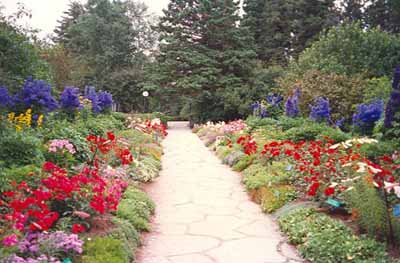
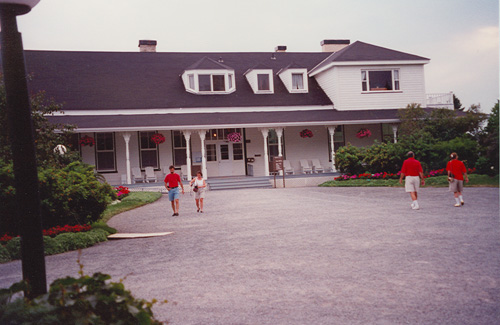
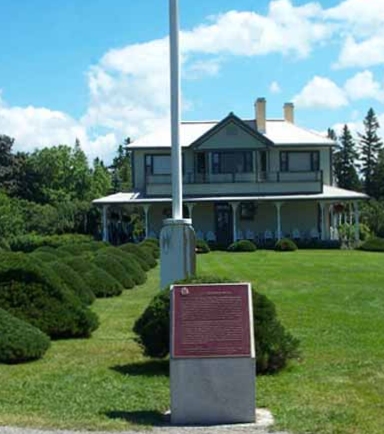
Description of historic place
The Jardins de Métis National Historic Site of Canada is an English-inspired garden created by Elsie Reford from about 1926 to 1958. The property, which covers approximately 18 hectares (45 acres) of land, is located on the banks of the St. Lawrence and Métis Rivers between the towns of Mont-Joli and Matane, near Sainte-Flavie, Quebec. The site includes one villa and six distinct garden areas and more than 500 horticultural varieties. Official recognition refers to the gardens as well as the built elements within the property boundary at the time of designation.
Heritage value
Jardins de Métis was designated a national historic site of Canada in 1995 because:
- the gardens, planned and developed over a thirty-year period by Elsie Reford, provide an excellent Canadian example of an English-inspired garden, with specialized gardens, winding paths, allée royale, and a variety of flower beds arranged in an informal manner;
- the Jardins de Métis benefit from an exceptional microclimate, favourable to the growth of plants, flowers, bushes and trees, certain varieties of which are to be found nowhere else in the country.
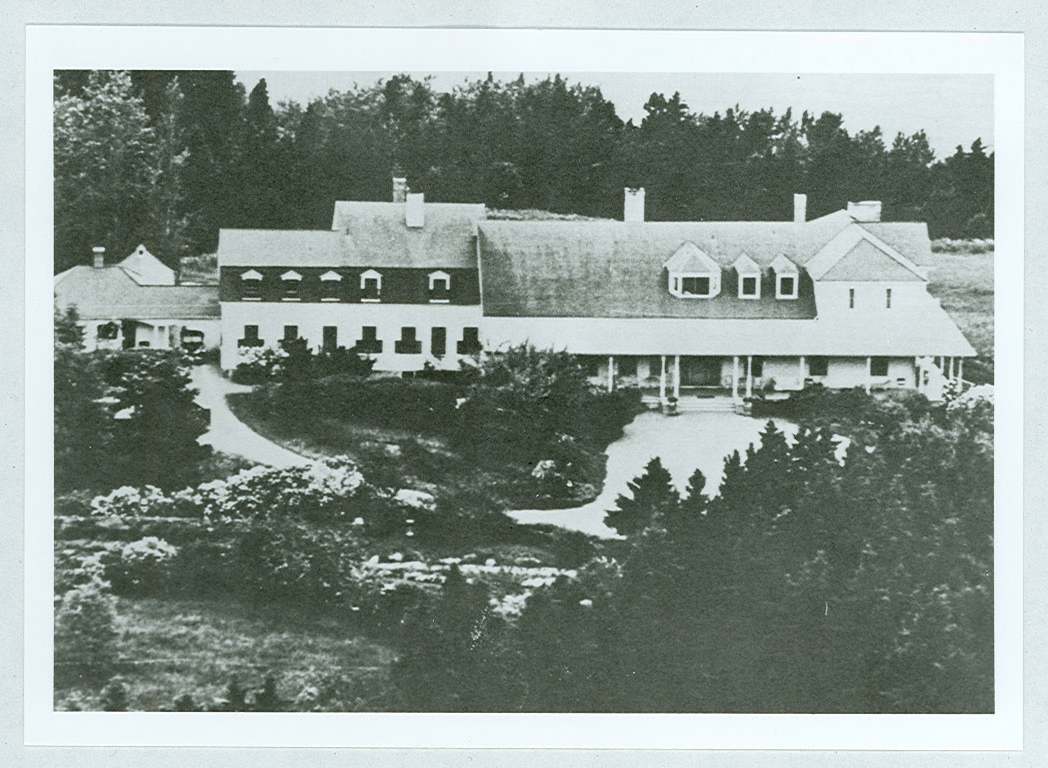
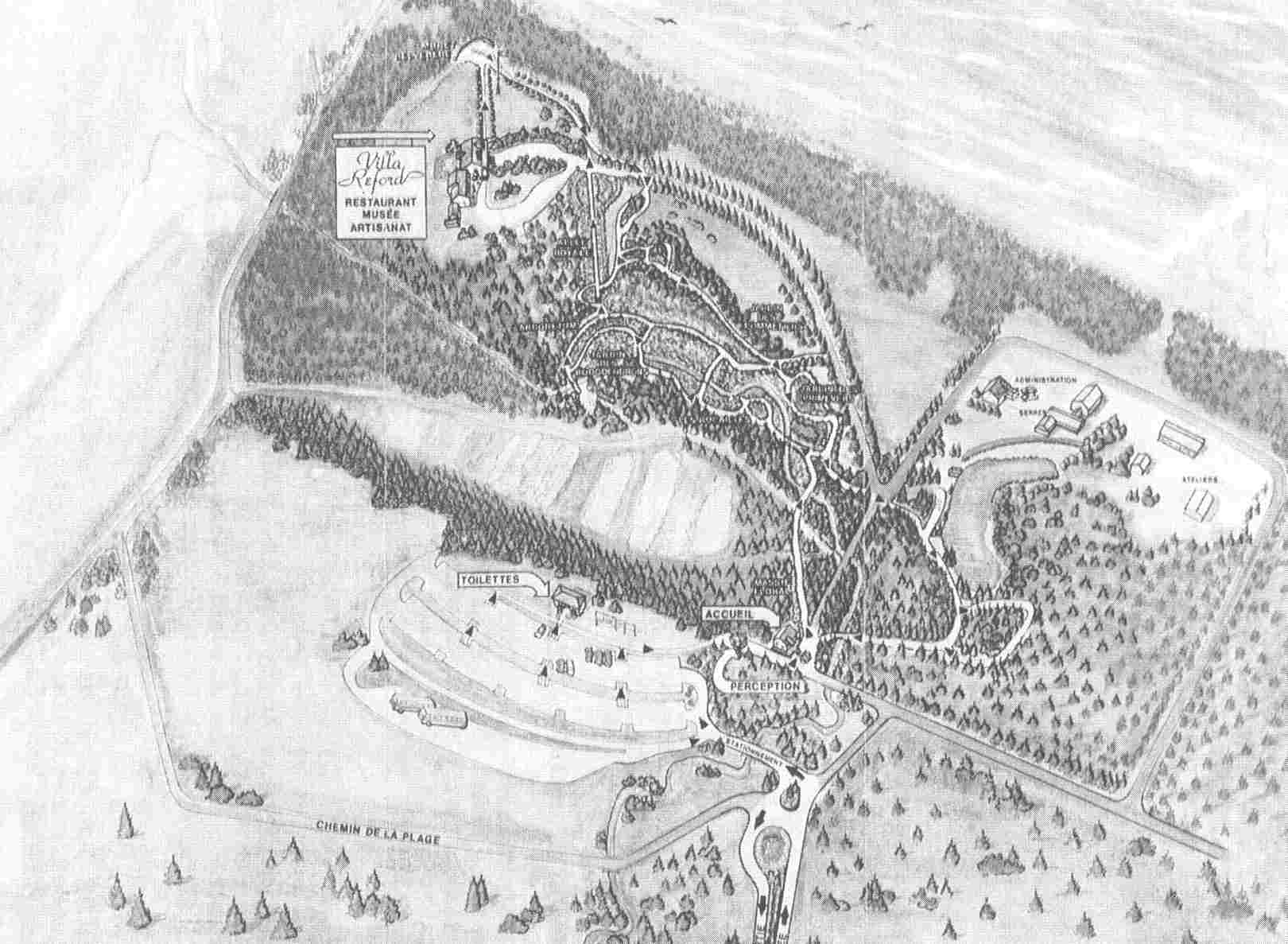
Jardins de Métis is an excellent Canadian example of an early-20th century English-inspired garden. The gardens were created by Elsie Reford from about 1926 to 1958 on the grounds of a summer home given to her by her uncle, George Stephen, founder of the Canadian Pacific Railway and Canada's leading entrepreneur of the 19th century. Originally a fishing lodge, Mrs. Reford created the gardens from a rough landscape, taking full advantage of the site's favourable microclimate and its sublime views. The site now includes specialized gardens, winding paths, an allée royale and a variety of flower beds arranged in an informal manner.
Source: Historic Sites and Monuments Board of Canada, Minutes July 1995.
The National Program of Historical Commemoration relies on the participation of Canadians in the identification of places, events and persons of national historic significance. Any member of the public can nominate a topic for consideration by the Historic Sites and Monuments Board of Canada.
- Date modified :